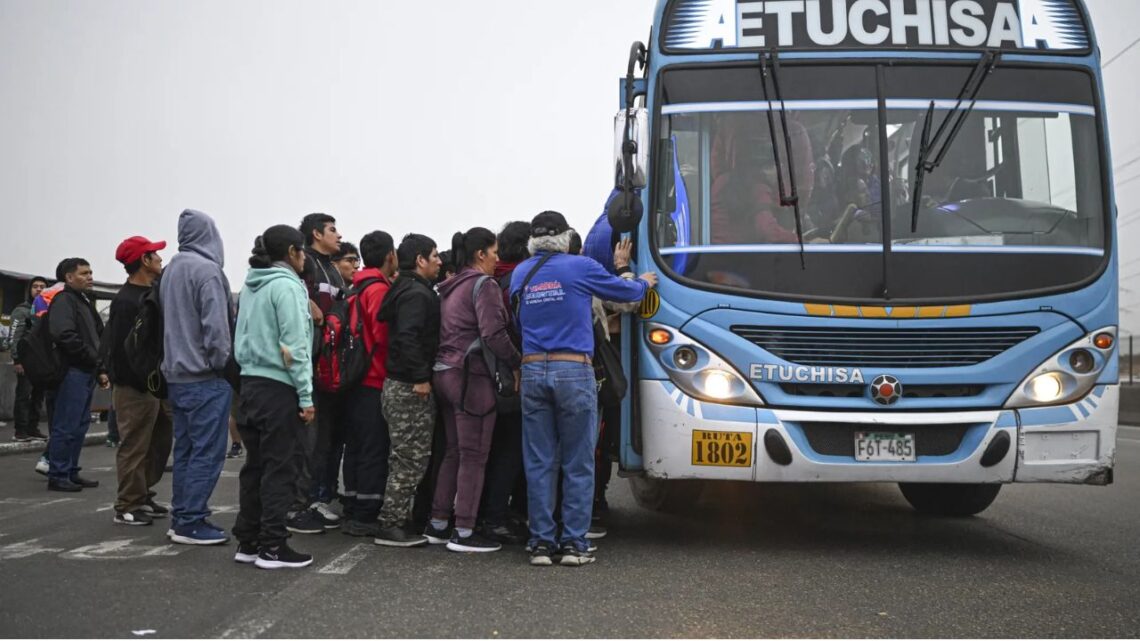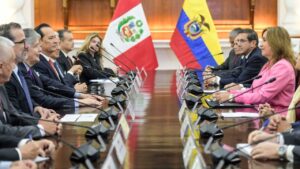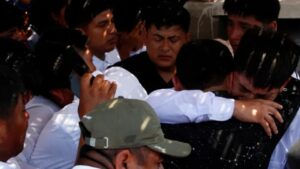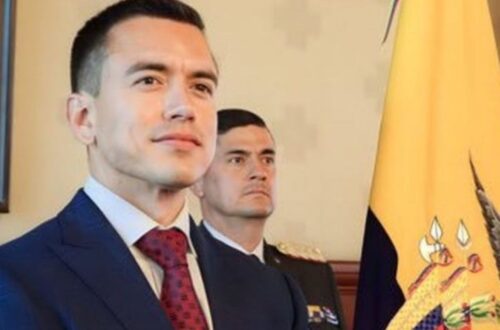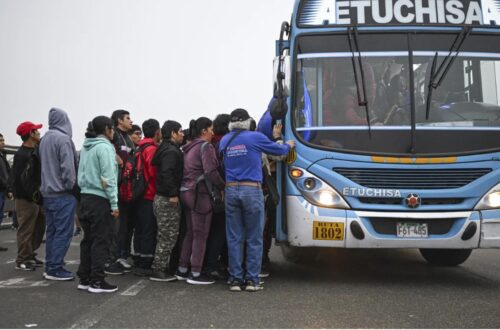Peru has entered a tense moment in its public transportation sector, as truckers and bus drivers stage strikes, enforce roadblocks, and protest against escalating violence.
Interior Minister Carlos Malaver stepped forward with a bold stance: he’s downplaying the severity of the strike, insisting that “there is police presence” and that the government is handling the crisis.
But outside the press room, scenes of blockades and the shocking killings of drivers tell a more complex story.
In this article, we unpack every key detail — from the claims and counterclaims, factual timeline, the human cost, and what lies ahead.
The Conflict in a Nutshell
- As of October 7, transport workers extended their strike by 48 hours, citing lack of agreement with authorities.
- Some bus lines — such as Los Anconeros and Etuchisa — reportedly remained operational despite the strike.
- Protesters have enforced roadblocks across Lima, Callao, and other regions, halting traffic, supply chains, and daily commutes.
- Tragically, several drivers have been murdered or attacked during these confrontations. One case involves Venezuelan driver Daniel José Cedeño Alfonso, reportedly killed while in service.
- The union even proposed a drastic measure: an “engine blackout” — that is, refusing to operate at all if another driver is harmed.
- Minister Malaver rejected that proposal, calling it “unpredictable” and refusing to commit the government to it.
Malaver’s Press Conference: Arguments & Counterpoints
At a press conference in Congress, Malaver reiterated that the Peruvian National Police (PNP) have been active and responsive despite claims to the contrary. He dismissed the idea that the strike had achieved a complete “engine blackout”, arguing that disruptions have been partial at best. He asserted:
- The police have been able to respond to all blockades in real time.
- Some abuses of police authority would be investigated — he admitted reports (for instance, an officer smashing a bus window) had surfaced.
- He criticized media coverage, claiming parts of his statements (especially regarding the nationality of a murdered driver) had been taken out of context.
- He emphasized that the government has been in dialogue with transport unions for months — not reacting just now.
- He urged restraint in inflaming public sentiment, stressing that every human life matters under his administration’s watch.
Meanwhile, unions counter that the violence, lack of safety, and weak enforcement are what prompted the strike in the first place.
The Human Toll & Stakes
This is not just a labor dispute: it is a clash rooted in safety, security, and dignity. Drivers have long complained of extortion, robberies, and attacks while doing their jobs. The strike reflects a deeper frustration with escalating crime rates, weak policing in some areas, and the government’s perceived failure to protect those on the front lines of public transport.
When protestors block major highways, daily life disrupts: supply chains stall, essential goods are delayed, people are stranded, and emergency response becomes harder. The government’s legitimacy is tested — how it responds will reverberate beyond transport workers.
Why Malaver Downplays — and Why People Push Back
1. Government Logic
- Emphasize state control and avoid panic.
- Show that police and institutions are functioning under strain.
- Undercut union claims of total shutdown to prevent further escalation.
- Maintain media control and narrative over unrest.
2. Union & Public Logic
- They argue the violence is real and ongoing, thus needs immediate resolution.
- They see the state’s claims as smoke and mirrors, ignoring daily dangers.
- Public support can pressure the government to act decisively on safety and justice.
- The strike is both symbolic and literal — a cry for security for transport workers nationwide.
Minister Malaver’s firm assertion of “police presence” is meant to project control amidst escalating unrest. But behind that claim lies a more turbulent reality of roadblocks, attacks, and the tragic loss of drivers.
This is more than a strike — it’s a national inflection point about public safety, institutional trust, and the value we place on those who keep cities moving.
If the government cannot balance enforcement with accountability, the strike may evolve from a labor dispute into a barometer of public confidence.
And as the saying goes: power without legitimacy is brittle. Whether this moment reaffirms state authority — or further weakens it — depends on how Malaver, the unions, and the Peruvian public navigate the coming days.

